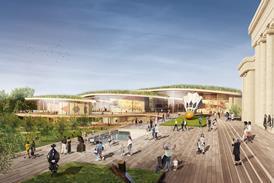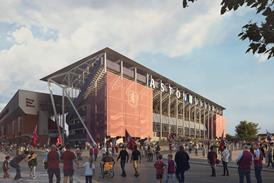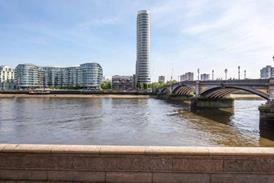- Home
- Intelligence for Architects
- Subscribe
- Jobs
- Events

2025 events calendar Explore now 
Keep up to date
Find out more
- Programmes
- CPD
- More from navigation items
Compact living, big impact: Dovehouse Court’s lesson in sustainability and community

Designed by Mole Architects, Dovehouse Court is the UK’s first Passivhaus-certified almshouse scheme
The UK’s housing crisis often makes headlines, but less attention is paid to the inefficiencies in how existing housing stock is used. Some experts argue that the issue isn’t an outright shortage of homes but rather the inefficient use of housing stock, with larger family homes often occupied by older residents whose children have left home. With few attractive downsizing options, many choose to stay put, exacerbating housing shortages and inefficiencies. Addressing this bottleneck – encouraging older residents to move into appropriately sized homes – could be a sustainable solution to the crisis. It would free up family homes for families and reduce the environmental costs of continually building large houses.
…
This content is available to registered users | Already registered?Login here
You are not currently logged in.
To continue reading this story, sign up for free guest access
Existing Subscriber? LOGIN
REGISTER for free access on selected stories and sign up for email alerts. You get:
- Up to the minute architecture news from around the UK
- Breaking, daily and weekly e-newsletters
Subscribe to Building Design and you will benefit from:

- Unlimited news
- Reviews of the latest buildings from all corners of the world
- Technical studies
- Full access to all our online archives
- PLUS you will receive a digital copy of WA100 worth over £45
Subscribe now for unlimited access.






